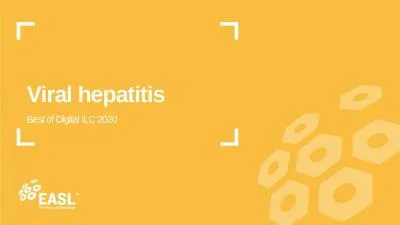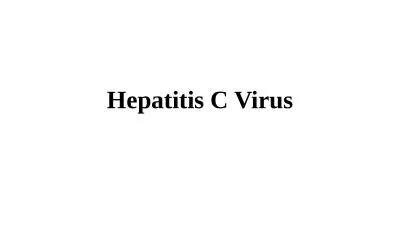PPT-Evolving Options for HBV Therapy:
Author : desiron | Published Date : 2020-11-06
Navigating the New Treatment Landscape Outline Interpretation of HBV Serologic Tests The Hepatitis B Virus Goals of Therapy When and What to Start The Guidelines
Presentation Embed Code
Download Presentation
Download Presentation The PPT/PDF document "Evolving Options for HBV Therapy:" is the property of its rightful owner. Permission is granted to download and print the materials on this website for personal, non-commercial use only, and to display it on your personal computer provided you do not modify the materials and that you retain all copyright notices contained in the materials. By downloading content from our website, you accept the terms of this agreement.
Evolving Options for HBV Therapy:: Transcript
Download Rules Of Document
"Evolving Options for HBV Therapy:"The content belongs to its owner. You may download and print it for personal use, without modification, and keep all copyright notices. By downloading, you agree to these terms.
Related Documents

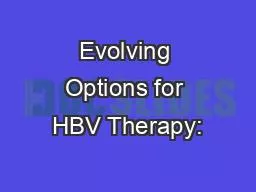
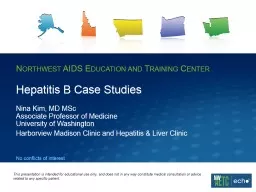
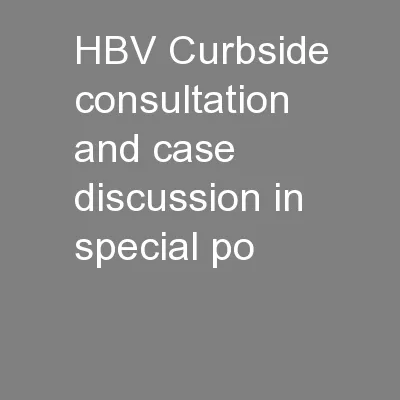
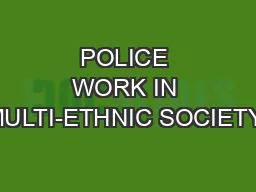
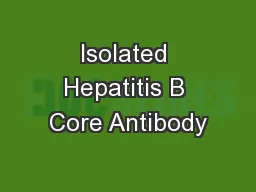
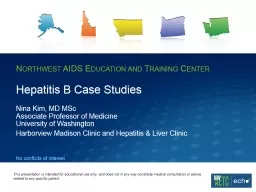

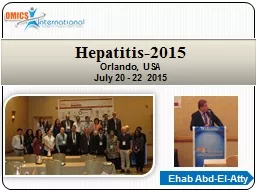
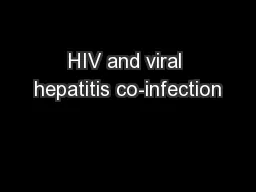

![HBV Clinical Management [TRAINER(S) NAME(S)] IAPAC African Regional](https://thumbs.docslides.com/761285/hbv-clinical-management-trainer-s-name-s-iapac-african-regional.jpg)

